Archaeology: Homo sapiens crossed the Alps much earlier than assumed
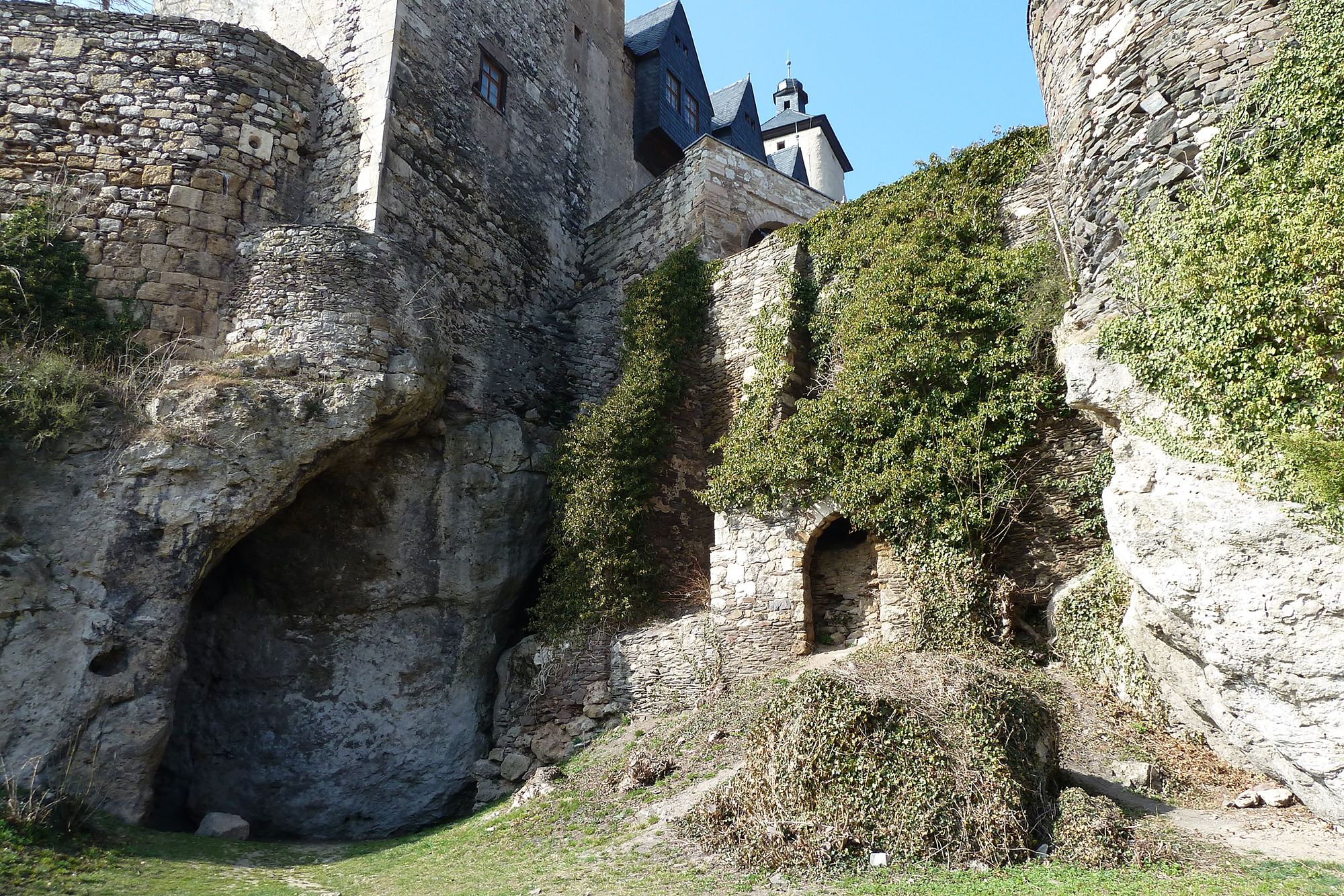
Despite the icy cold, Homo sapiens colonised Europe north of the Alps much earlier than previously known, say an international team of researchers with Swiss involvement. Findings from the Ilsen Cave in Thuringia prove that modern humans lived there at least 45,000 years ago.
At that time, it was around 7°C to 15°C colder than today. This shows how well humans were able to adapt to harsh environmental conditions back then. The Max Planck Institute for Evolutionary Anthropology in Leipzig, Germany, reported on Wednesday that these are the oldest remains of modern humans found to date in central and north-west Europe.
In addition, the three studies published in the journals Nature and Nature Ecology & Evolution show that humans and Neanderthals coexisted in Europe for thousands of years – possibly even for more than 10,000 years.
The findings from the village of Ranis near Saalfeld have shaken several palaeontological assumptions. Until now, it was thought that modern humans colonised Europe around 40,000 years ago and only appeared sporadically earlier. And certain stone blades, some of which were worked on both sides, which are older and also appeared in northwestern Europe, were previously attributed to Neanderthals, who lived on the continent much earlier and disappeared around 40,000 years ago.
Who made the stone blades?
But in the Ilsen Cave, the international research team, which also included Lukas Wacker from the federal technology institute ETH Zurich, found bone remains alongside these so-called LRJ blades, the DNA of which clearly comes from Homo sapiens. This means that LRJ stone blades, which were discovered in Britain and elsewhere, can also be traced back to Homo sapiens.
“The Ranis site provided evidence for the first spread of Homo sapiens into the northern latitudes of Europe,” said study leader Jean-Jacques Hublin, director emeritus of the Max Planck Institute in Leipzig. “It is now certain that stone tools thought to have been made by Neanderthals were definitely made by modern humans.”
The Ilsen Cave, located directly beneath Ranis Castle, was extensively explored back in the 1920s and 1930s. However, during excavations after 2016, the team dug deeper and discovered thousands of fragmented bone fragments under the collapsed cave roof. Some of them are clearly from modern humans, others from animals.
“The archaeozoological investigations show that the cave in Ranis was used alternately by hyenas, hibernating cave bears and small groups of humans,” explained co-author Geoff Smith from the University of Kent in the UK. “Although these people only used the cave for short periods of time, they consumed meat from a range of animals, including reindeer, woolly rhinoceros and horses.”
Rough, barren landscapes
Isotope analyses of horse teeth have shown that a very cold continental climate prevailed in the region, especially around 44,000 years ago. At that time, the area resembled an open steppe like today’s Siberia.
“Our results show that even these early Homo sapiens groups, as they spread across Eurasia, were already able to adapt to such harsh climatic conditions,” said co-author Sarah Pederzani from the University of La Laguna on Tenerife. “Until now, it was assumed that human resistance to cold climate conditions only emerged several thousand years later.” It is even possible that humans deliberately travelled to the cold region in pursuit of larger herds of animals.
Recently, studies from the Mandrin Cave in the Rhone Valley in southern France caused a stir. A research team there had found evidence of people who were 54,000 years old. Although this was met with caution among experts, Hublin’s team writes: “If confirmed, this would result in a complex mosaic picture for Europe, with groups of Neanderthals and humans as early as 55,000 to 45,000 years ago.”
It is unclear whether the early inhabitants of the Ilsen Cave lived permanently in Central Europe or only travelled north seasonally, for example in the form of small mobile hunting parties. Either way, they left no traces in the genetic make-up of modern Europeans. The genetic line of these early humans died out at some point.
This news story has been written and carefully fact-checked by an external editorial team. At SWI swissinfo.ch we select the most relevant news for an international audience and use automatic translation tools such as DeepL to translate it into English. Providing you with automatically translated news gives us the time to write more in-depth articles. You can find them here.
If you want to know more about how we work, have a look here, and if you have feedback on this news story please write to english@swissinfo.ch.

In compliance with the JTI standards
More: SWI swissinfo.ch certified by the Journalism Trust Initiative
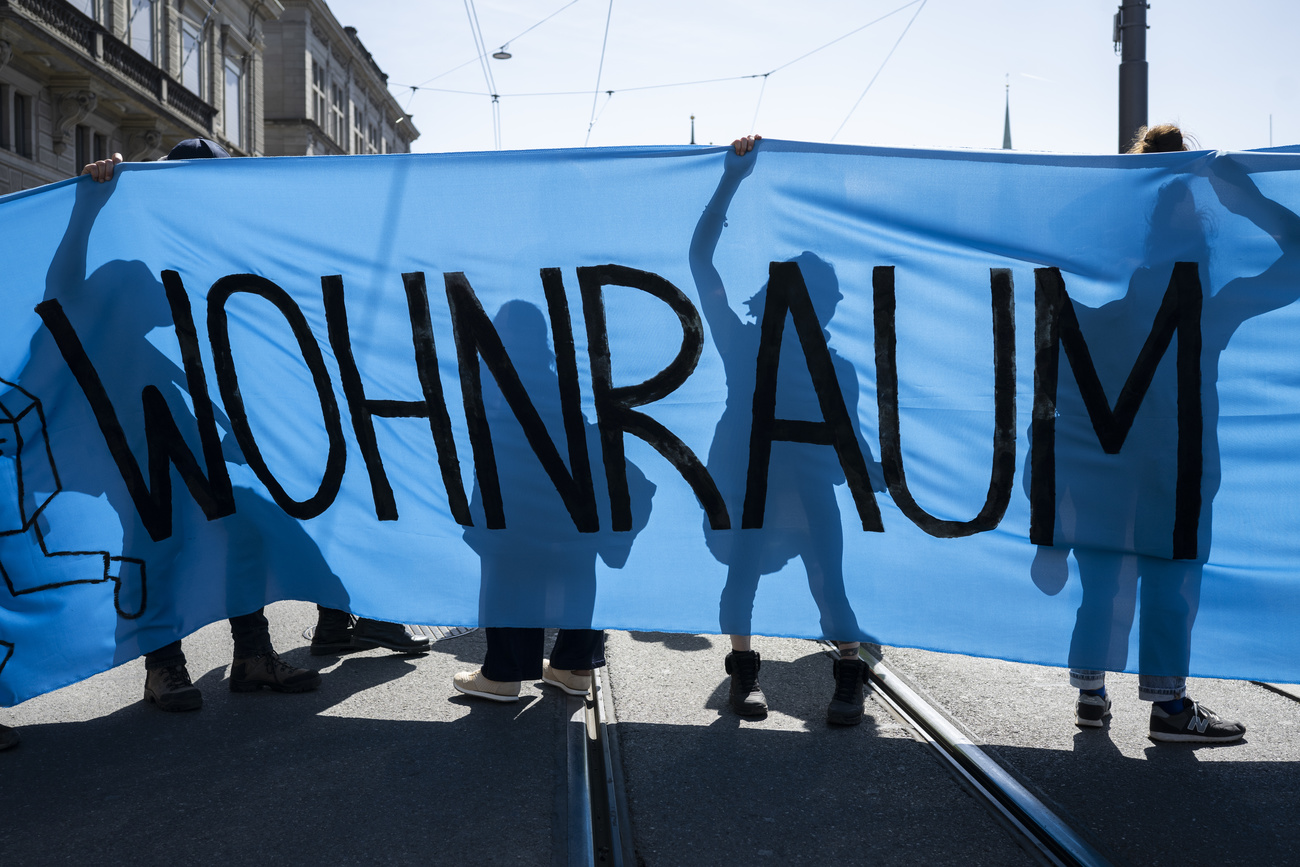
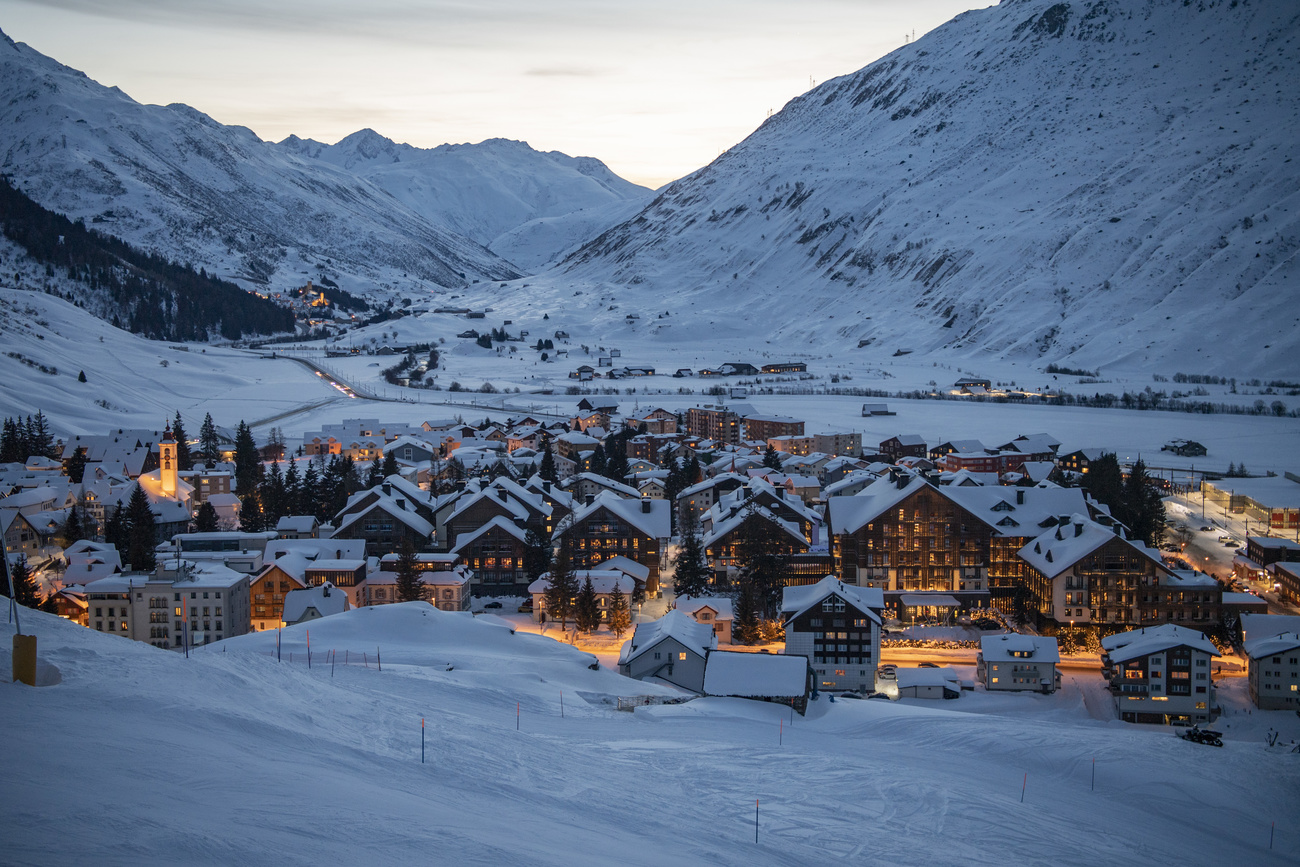
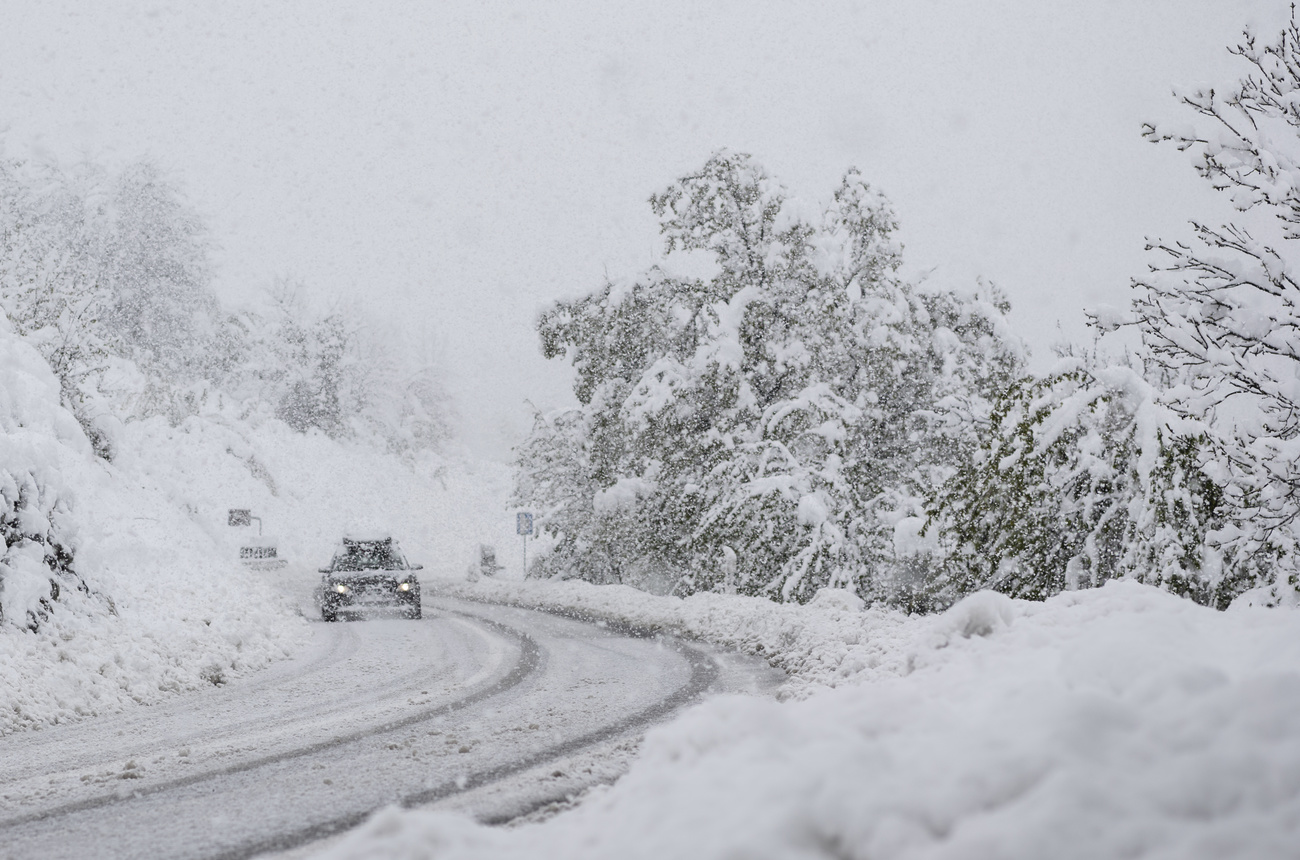










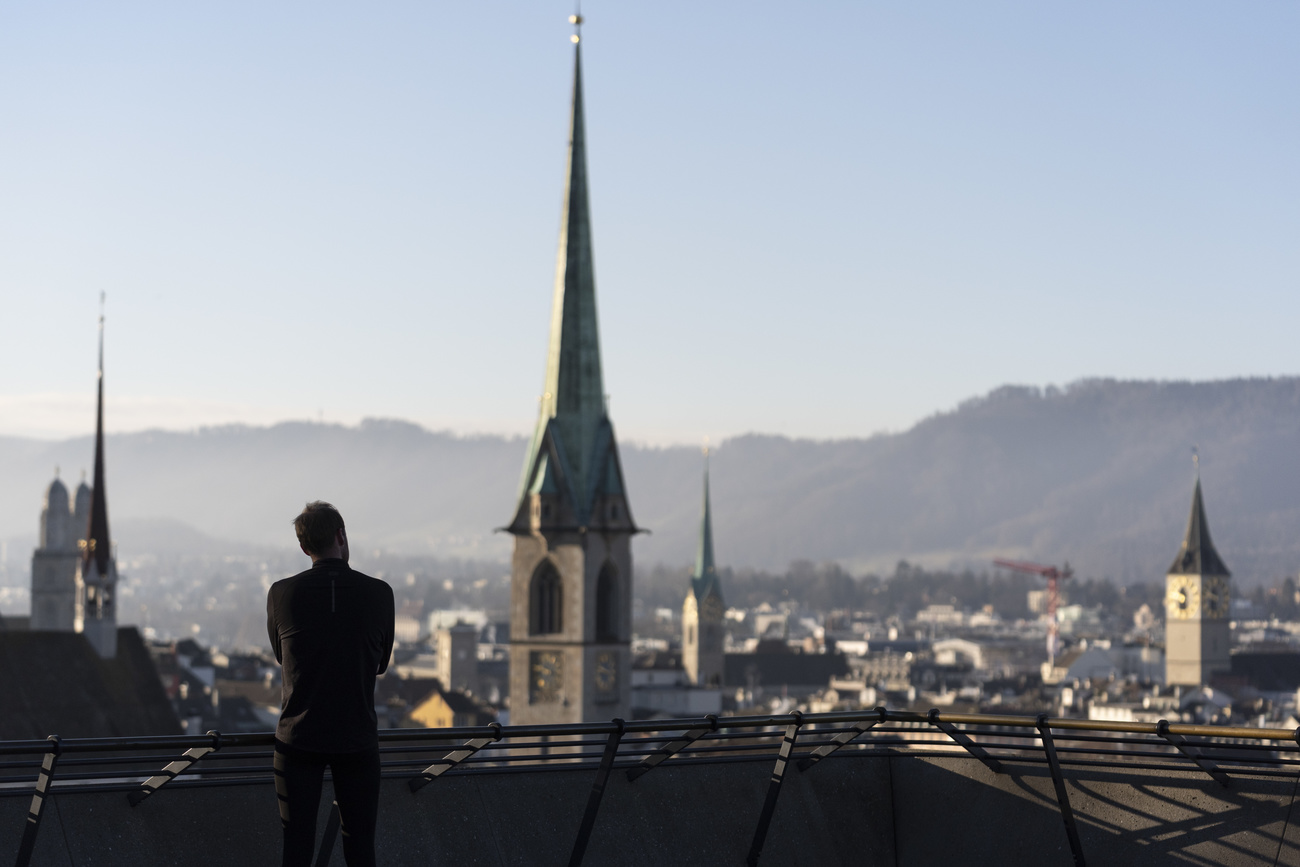


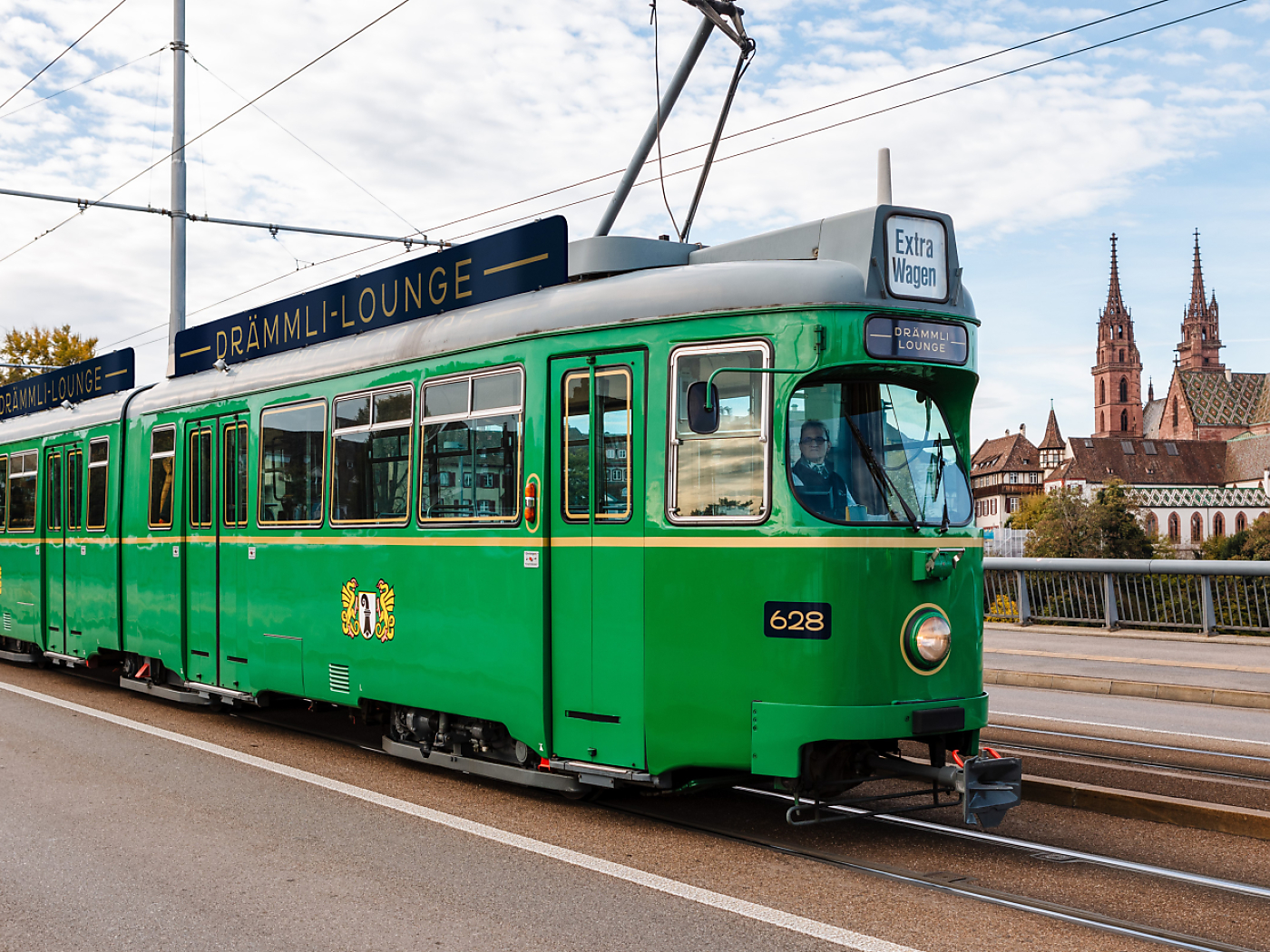

You can find an overview of ongoing debates with our journalists here . Please join us!
If you want to start a conversation about a topic raised in this article or want to report factual errors, email us at english@swissinfo.ch.